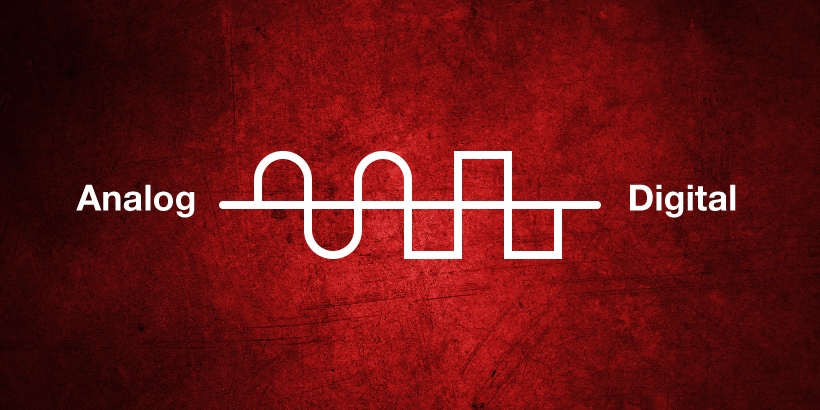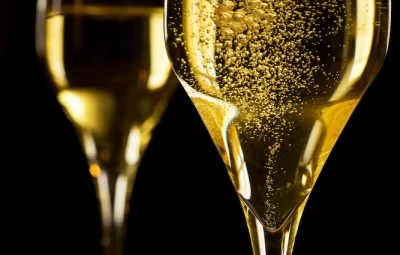In 1957, Lainière de Roubaix, a French company’s Noël de Plasse discovered the colour sublimation printing process, the idea was that the dye can transfer straight from the strong phase to the aeriform one without passing the fluid stage with a temperature level > 370 F, this process was called Sublimation, as well as this is the base of the transfer printing procedure.
Wes Hoekstra as an application of his photo processing collaboration with the Jet Propulsion Laboratory, Pasadena, California created the initial computer-driven sublimation system in the mid-’70s. Mr Hoekstra has been credited with being the “father” of the computer image sublimation sector, as well as his job brought about the advancement of electrostatic sublimation in the early eighties.
Electrostatic printing depended on big volume printing in order to reduce the expense. Nevertheless, as electrostatic printing became commonly utilized, it additionally became more economical. Therefore, toner cartridges having dye sublimation inks appeared for laser printers, as well as copy machines. However, these kinds of printers were limited to producing limited colour transfers or single shade.
By presenting inkjet printers in the 90s, sublimation inkjet inks were developed to deal with various designs of conventional off-the-shelf desktop computer units, making it simple for anybody to develop sublimation transfers. Any individual can now produce transfers cheaply, as well as easily.
Some terms about colour sublimation printing
To get the whole image of the colour dye sub inks process, we have to understand the innovation in deep. Dye sublimation has to do with transferring a published image from the transfer paper into several items or substrates.
Dye: A synthetic/natural tinted material that is used to colour fibres and materials. As a tinting material, dyes are used to colour products of daily usage and can be applied almost everywhere, as well as their colour change is permeant.
Polymer or Synthetic: A substance that is initially made by incorporating several similar or various little molecules connected to each other, which are called Monomers.
All-natural: Which are normally cost-free located in the world such as cellulose, starch, healthy proteins, glycogens, wool, DNA, silk, as well as natural rubber.
Artificial: They are likewise called human-made polymers as they are deliberately produced or manipulated by a human. They are utilized extensively in the market as a result of their convenience.
- Sublimation: The phase change process from a strong state to a gaseous one without passing the fluid phase
- Substratum: The product, which is desired to be covered or published, this word covers the transfer paper, as well as the textile.








